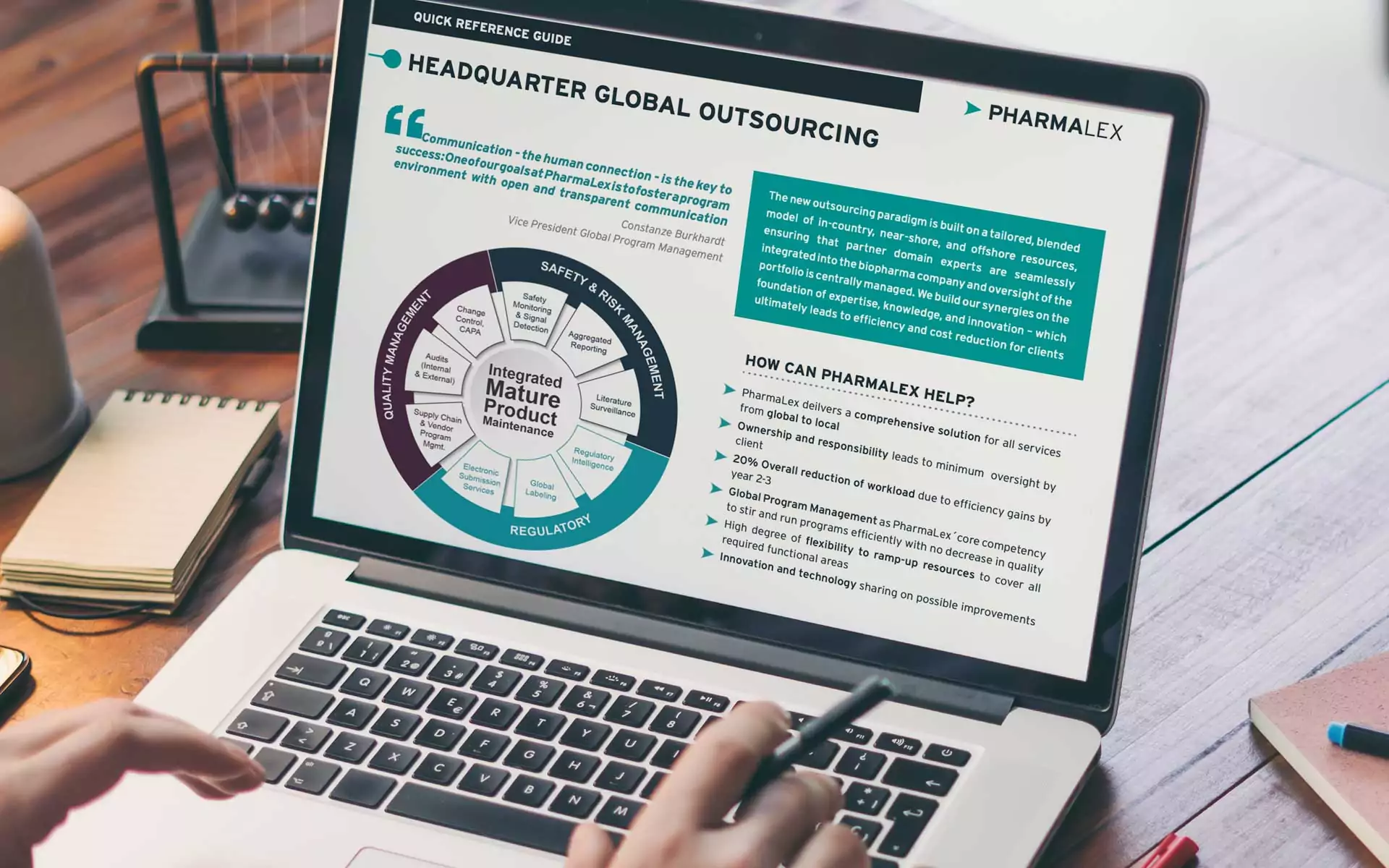Author: James Morrison
Just because a document declares it is a standard, does not mean that it is universally acceptable. A standard (including an ISO standard) is just another interesting (and certainly well-intentioned) document until it is accepted by the “authority having jurisdiction.” This acceptance makes the standard useful and is indicated by mechanisms including: national adoption, adoption as a European Norm (e.g. EN ISO) and in the case of the USA, recognition by the FDA (or other relevant government agencies.) Because acceptance varies with jurisdiction, it is entirely possible that different standards will be applicable in different regulatory jurisdictions.
For example, the International Standards Organisation published ISO 10993-23 Biological evaluation of medical devices – Tests for irritation in January 2021. It replaces the irritation part of ISO 10993-10:2010 Biological evaluation of medical devices – Tests for irritation and skin sensitization. But please don’t jump to conclusions!
The 16 July 2021 entry in the European Union Official Journal may be viewed at this link. It shows that EN ISO 10993-23:2021 was the first harmonized standard on the list for demonstration of compliance to the new Medical Device Regulation (MDR).
Thus, once such standard has made it to the Official Journal, EU Notified Bodies will recognize it in conformity assessments to the MDR.
In the UK, the harmonized British Standard, BS EN ISO 10993-23:2021 was published in April 2021, so UK approved bodies also already recognize this standard.
The US FDA is another matter.
Because ISO is an international standards development organisation, the standards it produces are consensus standards. Therefore, the list of standards that are “acceptable” to FDA is often referred to as the “recognised consensus.”
Recognition is the mechanism by which FDA indicates the extent to which a standard can be used to support a submission. Standards can be: fully recognised, partially recognised, not recognised, or unlisted. FDA maintains two databases: recognised (including partial) standards, and non-recognised standards.
- First check the Recognised Consensus Standards Database,
- If the document isn’t listed, then always check the Non-Recognised Standards Database.
However, FDA does not have to recognise, or even consider, a standard, unless someone asks them to do so. When a request is made to FDA to recognise a standard, they have a fixed time period to respond to that request, 60 days. This isn’t very long for a large organisation, particularly if it involves policy. If the new standard challenged or changed the FDA position on a subject, then a change in policy within 60 days can be optimistic.
The FDA database of consensus standards is particularly instructive. For each standard listed in this database there is a summary of the extent of recognition which states what is and is not recognised, and the rationale for the FDA’s position. Always click on the standard to see: “Part B: Supplementary Information Sheet (SIS)”.
If a standard is fully recognised, then it’s all good news! You can use that standard (test methods, results, etc) to support a submission (e.g. 510(k), PMA) to FDA. A word of caution here: there may also be FDA device specific guidance which requires things to be done in a specific way. This generally overrides what a standard might say on the subject. Always look for device specific guidance that may be applicable to your application.
If the standard is only partially recognised, the extent of recognition (parts of the standard) will be well described. The rationale for that extent of recognition may not always be perfectly transparent. In such cases, gaining a deeper understanding of FDA’s position can be very helpful in both using the standard and preparing for submission. The new ISO 10993-23 provides a good example.
Prior to January 2021, irritation tests were standardised in ISO 10993-10. That standard was split into separate parts, largely due to the inclusion of a validated in vitro test for irritation.
The extent of recognition is stated thus:
“Partial recognition. The following part(s) of the standard is (are) not recognized:
Clause 4 General principles – Step-wise approach
Clause 6 In vitro irritation tests
Annex B
Annex C”
If ever the “General principles” of a document are not recognised by the Agency, you should get the distinct impression that the document isn’t going to be very helpful.
The new in vitro Reconstituted Human Epidermis (RhE) irritation test is clearly the issue for FDA.
The Rationale for Recognition is stated thus:
“This standard is recognized in part because:
Clause 4, Clause 6, Annex B, Annex C are in conflict with an existing FDA published guidance. See Section B (page 20) of the guidance listed below, which states “With the advancement of scientific knowledge regarding the basic mechanisms of tissue responses, FDA agrees with the ISO 10993-1:2009 revision focus on minimizing the “number and exposure of test animals by giving preference to chemical constituent testing and in vitro models, in situations where these methods yield equally relevant information to that obtained from in vivo models.””
This begins well. There’s a conflict with the published guidance, which is their public position on a subject.
FDA Guidance is, generally speaking, fairly slow to be developed and slower still to change when compared to other jurisdictions. The big ship is slow to turn, but it can turn. Unfortunately, it isn’t even remotely clear here whether FDA has some fundamental objection to the new standard that will never be overcome, or whether they can see a way forward to improved recognition.
It’s well understood that the reduction in the number of animal tests and the number of animals used is desirable. It is so widely accepted that it does not warrant a further explanation here, except to say that this is mostly being achieved by replacing in vivo tests with in vitro methods.
FDA acknowledges this in their biocompatibility guidance document (published in September 2020) agreeing with ISO 10993-1:2009 on minimizing the “number and exposure of test animals by giving preference to chemical constituent testing and in vitro models, in situations where these methods yield equally relevant information to that obtained from in vivo models.” It is interesting to note that the guidance does not quote ISO 10993-1:2018, which adds to chemical, “physical, morphological and topographical characterisation testing.”
So, the key issue with the recognition of Part 23 is that FDA does not believe that the new in vitro method provides “equally relevant information to that obtained from in vivo models.” FDA has long held a position that test methods should be validated and qualified. That position might not have been very clear to industry.
Validation is generally the responsibility of the developer of the test. Certainly, the several developers of the RhE in vitro irritation test kits validated their products. Additionally, and very significantly, ISO/TC 194/WG 8 “Irritation, Sensitization” (the authors of ISO 10993-10 & -23) performed a comprehensive repeatability and reproducibility study1 to validate the method/test kits for application to medical devices.
Thus, it appears that the outstanding issue is qualification. Until the new test is qualified (to FDA’s satisfaction) it won’t be recognised. FDA does not qualify test methods, generally. But they do have a program where they engage with industry on the subject of medical device development tools (MDDT.)
It is our understanding the new in vitro RhE irritation test is now going through the MDDT program, with a view to qualifying the test. When, and only when, it is successfully qualified, the test will be accepted by FDA, and the recognition will change.
So, the above also teaches us that it is wise to monitor the recognition status of the standards that manufacturers depend upon in the development (and particularly submission) of medical devices. Recognition can change over time. The changes can be both good and bad, though mostly good.
Equally, qualification of the test methods and recognition of the standard are likely to precipitate change (albeit an eventual one) in FDA guidance. Thus, manufacturers should also monitor FDA guidance, and take advantage of the “least burdensome approach.”
As always manufacturers may find managing these matters, applying standards and complying with regulations and guidance, to be a challenge. Brandwood CKC experts are always available to assist in all levels of medical device safety and compliance. Please reach out to us for guidance and assistance in this matter.
Reference:
1. Round robin study to evaluate the reconstructed human epidermis (RhE) model as an in vitro skin irritation test for detection of irritant activity in medical device extracts. De Jong W.H. et al. Toxicol. In Vitro. 2018, 50 pp. 439–449. DOI: 10.1016/j.tiv.2018.01.001
If you would like further information or are in need of support for these systems, please contact us.Contact us








